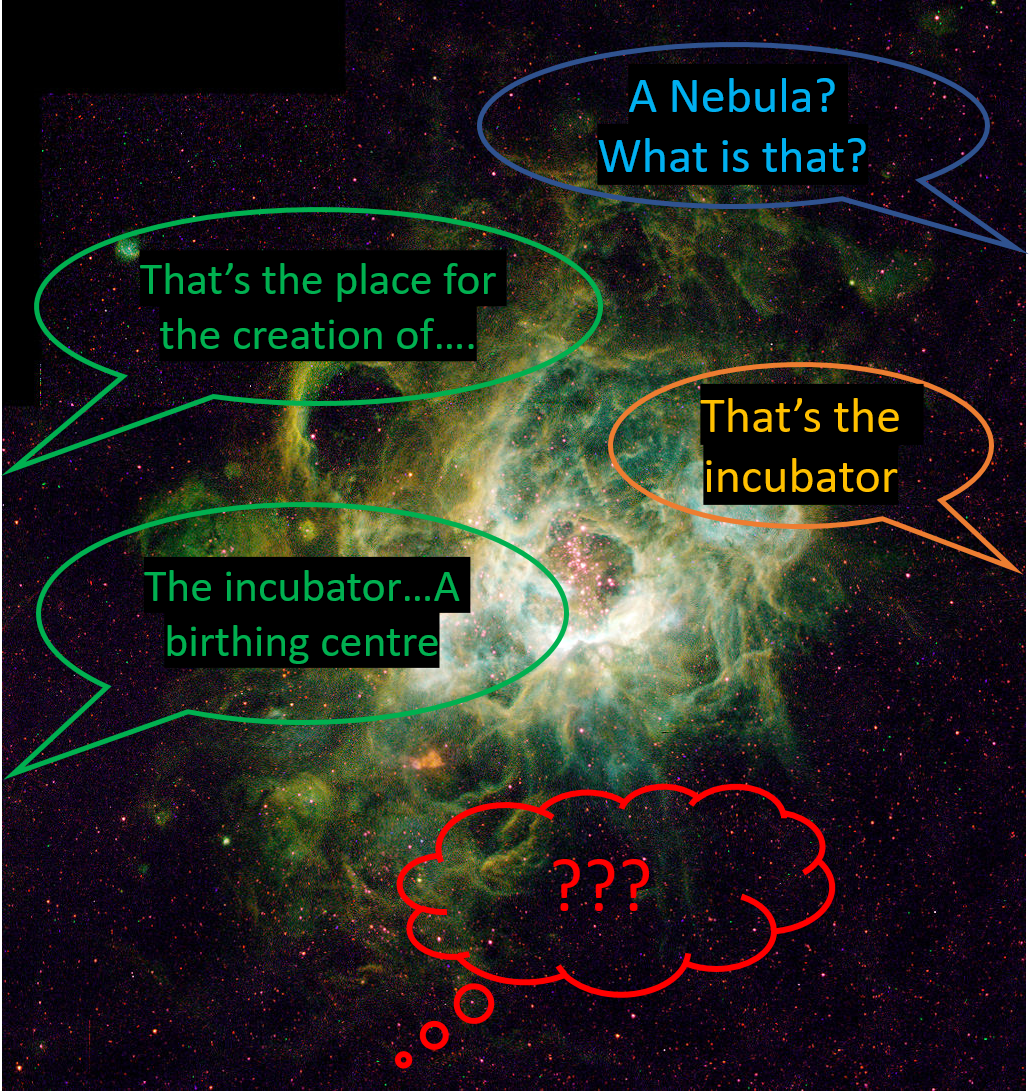
July 28, 2017, by Brigitte Nerlich
Metaphors for many goals: Discussing research in interactional settings
This is a guest post by Rony Armon, a Research Assistant at the School of Education, Communication and Society King’s College London, specialising in Communication and Media, Qualitative Social Research, and History of Science.
***
In a recent post Brigitte Nerlich reviewed some studies that seemed to suggest that even though metaphors are rampant in scientific discourse they may not play the prominent role in framing and explaining research that their linguistic use seemed to suggest. These studies surveyed public perceptions of germline modification or climate change and found no major influence for the use of metaphoric terms on respondents’ stance towards these topics.
Metaphors and persuasion
The effects of metaphors on framing and explaining research have been widely documented in their studies across scientific, pedagogic and popular genres. In a study of the ‘gate’ metaphor proposed to explain mechanisms of pain, Semino showed that its adoption by the wider scientific community and its adaptation to explaining pain mechanisms in a range of non-specialist genres. Nerlich and Halliday, who considered more recent framing of infectious diseases, identified analogies between viral infections and natural disaster. They show that journalists picked-up metaphors that scientists introduced to frame diseases as uncontrollable and global responses as imminent and urgent. Evidently then, metaphors play a specific and constitutive role across scientific and media genres.
Metaphors and interaction
How then do discourse studies of scientific metaphors sit along recent examinations of their persuasive effects? I suggest that we approach this conundrum by considering metaphors in interactions. In a recently published study, I explored the use of metaphors in news interviews with scientific experts. On some occasions scientists seemed to carefully use metaphors for presenting their case. Thus, one interviewee presented his search for a gene underlying a rare disease as “hunting” and “fishing” while another described the smell-sensing neurons she studied as “radio antennae.” These instances indicated careful selection of terms to explain and familiarize the scientific topic discussed.
However, on many instances scientists accepted or adapted metaphors that interviewers suggested irrespective of their exact meanings. For example, when one interviewee discussed neuronal conversion of auditory to visual cues, the host intervened and formulated this conversion, first as translation and then as encoding. The interviewee ratified both formulations rather than attending to their semantic implications and continued to explain his research. On another occasion the scientist used, and then asked to explain, the term nebula. He and interviewers evoked the terms “workshop”, “incubator” and “birthing centre” for stars. These expressions were exchanged rather than elaborated as speakers moved to discuss the main talk topic. While metaphors emerge as key for explaining and framing research their use resonates with specific interactional goals.
The local and strategic use of analogical terms was observed in public engagement activities as well. Claudia Schwarz-Plaschg identified analogies as used for accepting or rejecting specific nanotechnology applications, drawing future scenarios, and for closing debates and arguments. In a study of activity on synthetic meat authors found that metaphors and analogies have been used both as reasoning devices and to limit the scope for alternative interpretations. Expressions have often been used to draw similarities to other technologies (e.g. GMOs) and previous debates rather than explore specific meanings of the topics discussed. The occasioning and impact of both metaphors and analogies appears to resonate with speakers’ rhetorical goals.
Metaphors in different settings
The conundrum that Nerlich raised may reflect the different settings in which metaphors are studied. Studies in science communication focused in the main on media texts assumed to influence the scientific understandings of broad audiences. Journalists and authors often borrow metaphors that scientists proposed as a way of packaging research for popular consumption. The result then is relative stability in metaphor use and dissemination across genres, locations even historical periods. But in interactional settings metaphors are used (or not used) to address local issues with the science being discussed.
Rather than considering only how metaphors are sent to persuade we should examine how they are received, adapted and transformed in local settings and interactional exchanges.
Previous Post
Signs and society: The Brexit busNext Post
Designer babies? Not again!No comments yet, fill out a comment to be the first

Leave a Reply